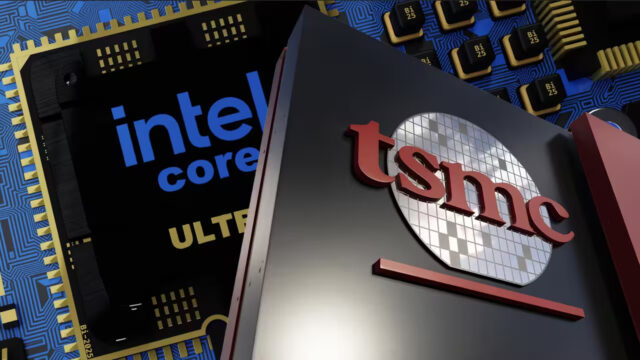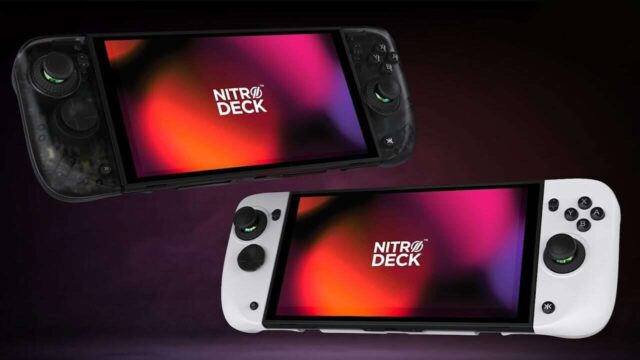The trend of removing accessories from the box, initiated in the phone industry to reduce costs and environmental impact, has reached a new level with Sony’s radical decision. Apple’s move to remove the charging adapter from the box, which began with the iPhone 12 series in 2020 and quickly spread throughout the industry, has now been taken a step further by Sony. The company’s highly anticipated new model, the Xperia 10 VII, will ship without either a charging adapter or a USB charging cable.
Apple Started, Sony Took the Top
Four years ago, Apple removed charging adapters from iPhone boxes, arguing that millions of users worldwide already had a charging adapter at home and that this decision would reduce the mountain of electronic waste (e-waste). While this decision initially sparked considerable controversy, it quickly became the industry standard, with giants like Samsung and Google following suit.

However, until now, all manufacturers have continued to include a USB cable, a basic requirement for data transfer and charging, in the box. With the Xperia 10 VII, Sony broke through this last barrier, becoming the first major brand to offer users only the phone itself.
Sony’s official justification for this decision is again based on “environmentally friendly” policies and e-waste reduction. Fewer accessories, smaller boxes, lower shipping costs, and ultimately, a lower carbon footprint. On paper, these arguments seem quite logical.
However, both within the technology community and among consumers, the primary motivation is a cost-cutting strategy. With a device produced in millions of units, each adapter and cable removed from the box represents a savings of millions of dollars for the company. Furthermore, the smaller box size also results in significant savings in logistics and storage costs. The primary criticism is that this cost advantage is often not reflected in the product price discount.
Sony’s move could mean additional expense and inconvenience for a new Xperia 10 VII buyer. Users who don’t have a compatible USB-C cable or adapter at home will have to purchase them separately. This will directly impact consumers who are entering the brand’s ecosystem for the first time or who already have older chargers.
Whether other manufacturers will follow Sony’s bold move remains to be seen. However, one thing is certain: smartphone boxes are getting lighter every day, and the era of the “accessory-free phone” seems to have officially begun.













